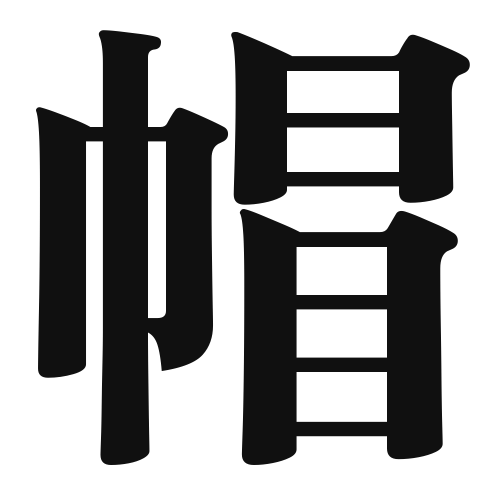1. Overview of Meaning
The kanji “帽” (bō) means “hat” or “cap.” It refers to headwear that is typically worn for protection, fashion, or cultural reasons.
2. Formation and Radical
Formation of the Kanji: The kanji “帽” is a phonetic-ideographic character (形声文字). It combines the radical for “cover” (亠) and a phonetic component that suggests its pronunciation.
Radical: The radical of “帽” is 亠, which relates to covering or enclosing, indicating its connection to headwear.
3. Examples of Usage
Common Words and Phrases: Some frequently used words that include “帽” are:
- 帽子 (ぼうし, bōshi) – hat
- 帽子屋 (ぼうしや, bōshiya) – hat shop
Example Sentences in Daily Conversation:
- 今日は新しい帽子を買いました。 (きょうはあたらしいぼうしをかいました。) – I bought a new hat today.
- その帽子はとても似合っています。 (そのぼうしはとてもにあっています。) – That hat looks great on you.
4. Synonyms and Antonyms
Similar Kanji: A similar kanji is “兜” (かぶと, kabuto), which means “helmet.” While both refer to headwear, “兜” specifically denotes protective headgear used in battle.
Antonyms: There are no direct antonyms for “帽,” but one could consider “無帽” (むぼう, mubō), meaning “without a hat,” as a contrasting concept.
5. Cultural and Historical Background
Connection to Japanese Culture: Hats have played various roles in Japanese culture, from traditional headwear like the “sugegasa” (straw hat) to modern fashion statements.
Proverbs and Idioms: One common saying is “帽子を脱ぐ” (ぼうしをぬぐ, bōshi o nugu), which means “to take off one’s hat,” symbolizing humility or respect in a conversation.
